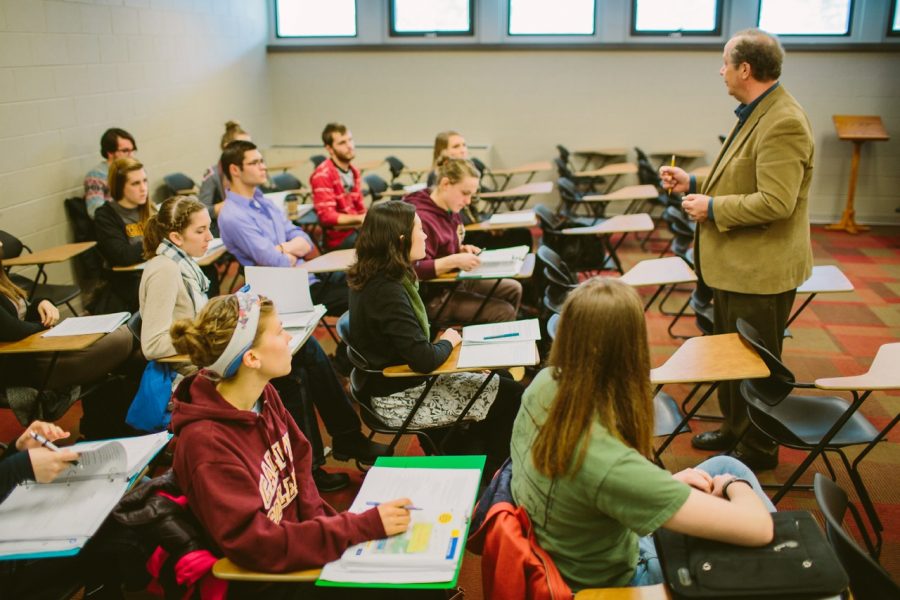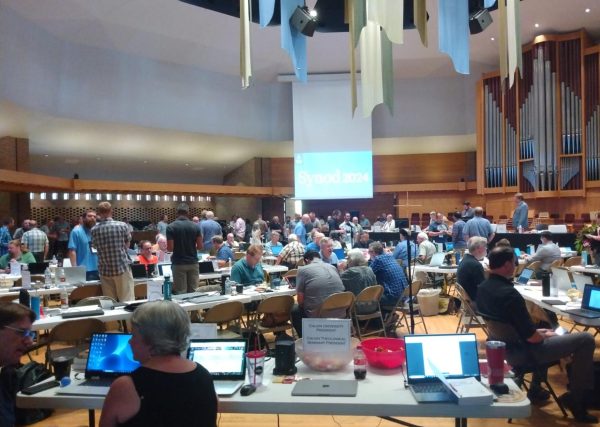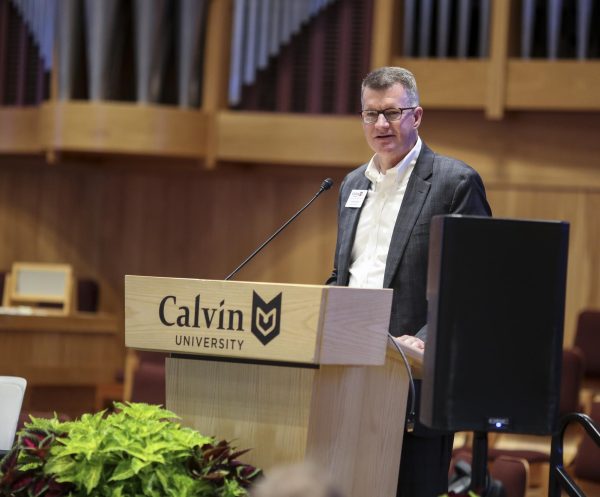Academic division implements college-wide strategies to balance budget
Student feedback influenced changes to Core 100.
In the continuing effort to balance Calvin’s budget crisis, the academic division, under the direction of Provost Cheryl Brandsen, is reimplementing previously successful strategies in its hiring practices and distribution of work. The current plans are being carried out across all divisions of the college, with the academic division being one of the most important for cutting costs, taking up roughly 48 percent of the entire college budget.
In the hope of refraining entirely from involuntary position reductions, the core of the strategy involves delaying the posting of new positions by at least 60 days. The relevant division or department then uses that time to reassess how work from such a position might be redistributed among already existing employees, eliminated altogether or spread across multiple divisions or departments.
Current plans will only affect staff positions within the academic department, rather than faculty, and specifically those funded from what are called “1-1 accounts.” These accounts are part of the general operating budget and funded primarily through student tuition. 2-1 accounts are exempt from existing strategies because they are funded by endowments. Examples of staff positions funded by 2-1 accounts are laboratory assistants as well as positions held in the Calvin Institute of Christian Worship.
“The opportunities … [and] challenges have been with administrative assistants,” said provost Brandsen. Explaining the way the strategies work in relation to administrative assistants, the provost referred to recent implementations in the biology and chemistry departments.
“One took a position in a different department; the other retired. … What we did was let the positions stay vacant for a bit, which is hard to do. It puts a burden on chairs and faculty.”
Brandsen and the respective departments then assessed the full-time equivalency (FTE) of the positions together. This number is computed from a specific algorithm that helps determine how many full-time positions the work put out by one or more positions equates to, with 1.0 being a full-time person. Brandsen and the departments found that those two administrative assistant positions together came out to a 1.8.
“We replaced those two positions with one person, and we’re using more student help to fill out around the edges, but it’s working. It’s not easy, though.” In addition, they compiled the FTE of the administrative assistant for the science division and were able to find areas of the division which needed extra help, which the new position would be able to provide. “This the kind of thing we learn when we just take a step back and evaluate.”
As Calvin continues to experience declining enrollment, estimating the needs of faculty is becoming increasingly difficult. This estimate is based on certain factors and projections such as demographics, current number of students and retention rates, among others.
“We’ve been more intentional about aligning faculty with students than we have been able to do with staff. The staff numbers … haven’t changed a whole lot with declining enrollment. The faculty numbers have decreased. It’s easier to project the right faculty-to-student ratio. It’s more challenging with staff.”
Other potential strategies include outsourcing work, effectively not creating or using long-term positions for short-term work.
“Managing the budget through staff positions is one thing. Managing it through faculty positions is another,” said Provost Brandsen. “In terms of a reduced budget at the college … salaries and benefits of everybody make up something like 60 percent of our budget. The cost … is people, so we have to be really, really strategic about all of the hires that we make.”











